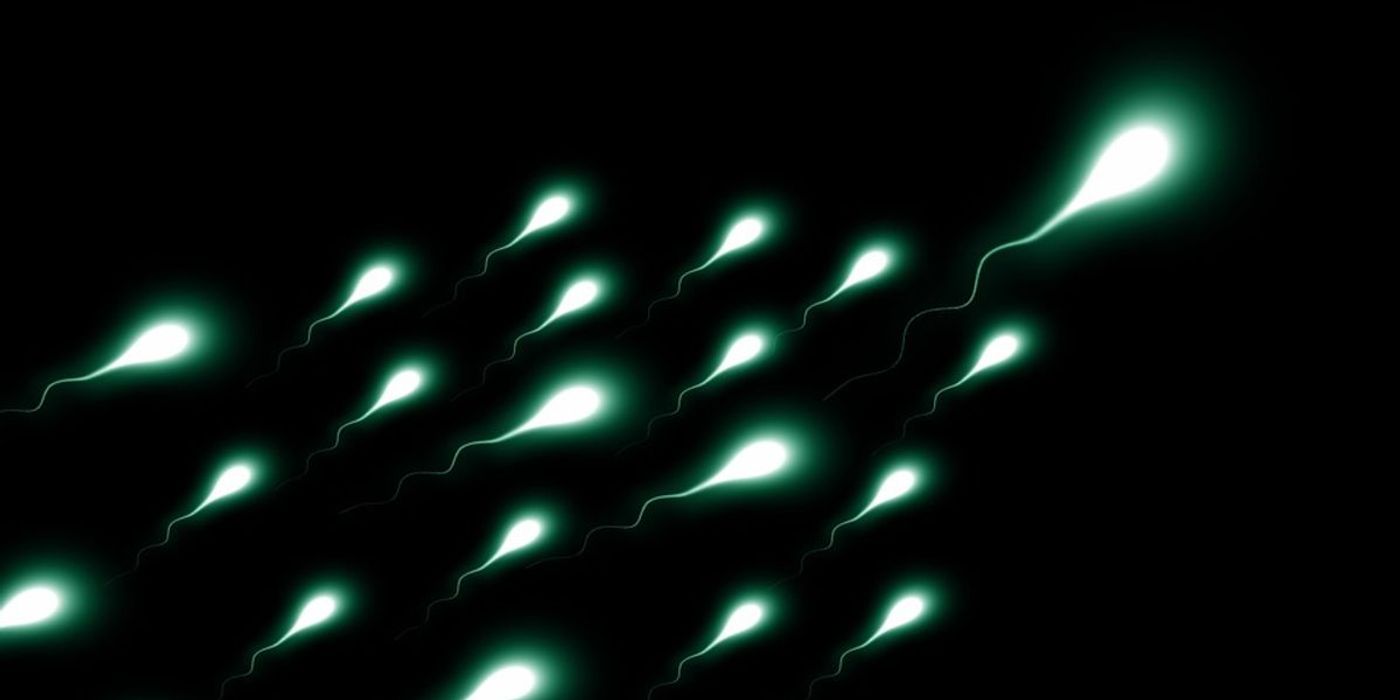Why are More Boys Born than Girls?
On average, there are 105 boys born for every 100 girls. Is it purely a genetic tendency or are there environmental factors at play too?
Back in 2008, a study analyzing hundreds of years of family trees, containing information from 556,387 people, suggested that the father’s genes dictate whether he produces sons or daughters. Although no genetic evidence was found, the researchers proposed the idea that men likely carry two different allele types which result in three possible genetic combinations that dictate the ratio of X and Y sperm. Men with the first combination, known as mm, produce more sons. Meanwhile, those with mf produce an equal number of sons and daughters, and those with ff have more daughters (Newcastle University: 2008).
This process may explain why after wartime in many countries, there is a sudden increase in the number of boys born. In the UK for example, after World War I, an extra 2 boys were born for every girl in comparison to the year before it started. This likely happened as men with more sons were more likely to see at least one of their sons return from war than those with fewer sons and more daughters. This could then explain why men who survived the war were more likely to have male children, resulting in the baby-boom (ibid.).
Yet, there may be other reasons for this too. Human conception results in approximately 150 male zygotes for every 100 female zygotes (MinuteEarth: 2014). Accordingly, male fetuses are then more likely to result in miscarriage or be stillborn, than female fetuses. This means that the higher chance of conceiving a male increases the chances of more males being born (Weisskopf: 2004). Moreover, once out of the womb, males are at a higher risk of mortal diseases, and taking life-threatening risks than girls, meaning that fewer men may make it to breeding age. This means that, by the time breeding age is achieved, the ratio of males to females is roughly 1:1.
Adding to this biological factor, in some countries, the ratio of boys to girls may be even higher due to sex-slective abortion. For example, in China, 118 boys are born for every 100 girls, with similar figures also found in the Caucasus as well, an area that also practices female infantacide (Livingston: 2013). This in mind, cultural values may also play a significant role in determining the higher number of males born as a global average, especially when one considers that both China and India taken together (two countries that value male births over female births) make up 36.28% of the world’s population.
To conclude, the higher number of males born than females has many possible reasons. From genetic factors including the possibility of a gender-deciding gene from the father, to a higher ratio of male zygotes present at conception. Cultural factors, such as a preference for male babies, only further encourages this divide.
Sources
MinuteEarth, Youtube
Weisskopf, Marc: Scientific American
Livingston, Gretchen: Pew Research Center










